Lavaux wine region picked for Unesco list
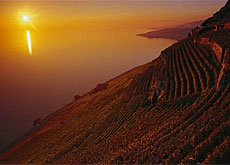
The picturesque Lavaux wine-growing region on Lake Geneva has been recognised as a world heritage site by Unesco, it was announced on Thursday.
The United Nations cultural agency also extended the High Alps site of Jungfrau-Aletsch-Bietschhorn at a meeting in Christchurch, New Zealand.
The go-ahead by Unesco gives the 800-year-old terraced wine region the same status as the Great Wall of China and the Taj Mahal.
Lavaux, which lies between Lausanne and Vevey, won World Heritage status on the strength of its ancient vineyards, spectacular lakeside setting and alpine panorama across the lake.
The 830-hectare terraced area is devoted to the production of some of Switzerland’s finest wines, including eight wines with the AOC quality label, among them Dézaley, Calamin, Epesses and St Saphorin.
The wine region lies in a zone under pressure from construction, and those behind the bid were keen to preserve the landscape and secure the region’s future.
But even before gaining World Heritage status, under existing planning regulations Lavaux was well protected by legislation at local, cantonal and federal levels.
For Swiss environmentalist Franz Weber, who launched a campaign 30 years ago to protect Lavaux from developers, which culminated in a successful vote in 1977, Unesco’s decision is the “crowning achievement of a huge battle”.
“This site is magnificent. Everything is in harmony. The villages have grown from the earth like the vines,” he told AFP.
Lavaux is the first site with World Heritage status in French-speaking Switzerland.
“They say people from Zurich arriving by train throw away their return tickets when the train comes out of the tunnel above the Lavaux region,” quipped Weber.
Around 45 sites from 39 countries were in competition to be added to the World Heritage list.
Lavaux joins six other Swiss sites that have already made the grade, including the Old Town in Bern (1983), the Convent of St Gallen (1983) and the castles of Bellinzona (2000).
Jungfrau
Following the decision by the World Heritage Committee, the first World Natural Heritage site in the Alps – the Jungfrau-Aletsch-Bietschhorn region – is to be increased from 539 km² to 824 km².
“The parameter has been enlarged by over 50 per cent,” Bruno Walder from the Federal Environment Office told swissinfo. “The name of the site will also be revised. A new name will be proposed in about a year.”
The extended site boundary now incorporates almost the entire Aar Massif as far as the Grimsel in the northeast. The Schreckhorn, Lauteraarhorn, Finsteraarhorn and Oberaarhorn peaks, including their glaciers, are to be integrated into the site.
In the west, the extension covers the areas around Gspaltenhorn, the Blüemlisalp group including Petersgrat, Kanderfirn and the Doldenhorn group, and the slopes descending to the Lötschen valley.
A total of 26 communes have a share in the enlarged property, which now encompasses the entire range of the Bernese High Alps and includes a much greater proportion of glaciated areas and mountain landscapes.
Outstanding value
The World Heritage Convention, adopted by Unesco in 1972, provides for the identification, protection and conservation of natural and cultural sites of outstanding value.
More than 800 such sites can be found across the world, including 628 cultural, 160 natural and 24 mixed properties in 137 countries.
Meeting for its 31st session in the southern New Zealand city of Christchurch, the committee reviewed the state of conservation at the 830 sites on Unesco’s World Heritage List.
swissinfo with agencies
The six Swiss sites already on the World Heritage list:
Old Town of the capital, Bern
Convent of St Gallen
Castles of Bellinzona
Monastery of Mustair
Jungfrau-Aletsch-Bietschhorn region
Monte San Giorgio
Lavaux is a district located on the northeastern shore of Lake Geneva in canton Vaud, between Lausanne and Vevey.
Lavaux belongs to the most prestigious Swiss wine-growing regions and consists of 830 hectares of terraced vineyards.
Although there is some evidence that vines were grown in the area in Roman times, the present vine terraces can be traced back to the 11th century, when Benedictine and Cistercian monasteries controlled the area.
The region benefits from a temperate climate, but the southern-facing terraces and ancient stone walls give the area a Mediterranean feel. The main wine grape variety grown is the Chasselas.
The Jungfrau-Aletsch-Bietschhorn region provides an outstanding example of the formation of the High Alps, including the most glaciated part of the mountain range and the largest glacier in Europe and Asia.
It features a wide diversity of ecosystems and is considered a site of outstanding value both for its beauty and for the wealth of information it contains about the formation of mountains and glaciers, as well as ongoing climate change.

In compliance with the JTI standards
More: SWI swissinfo.ch certified by the Journalism Trust Initiative
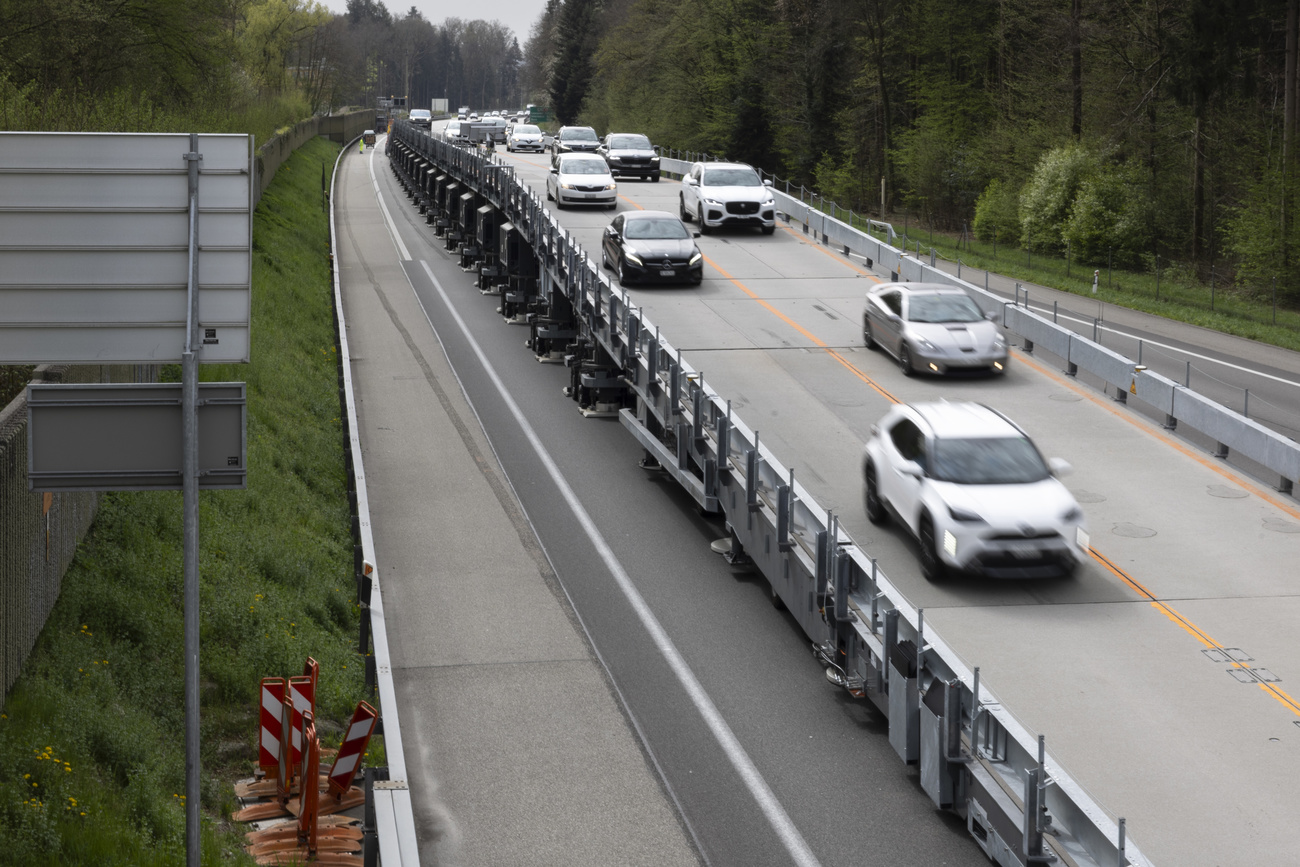

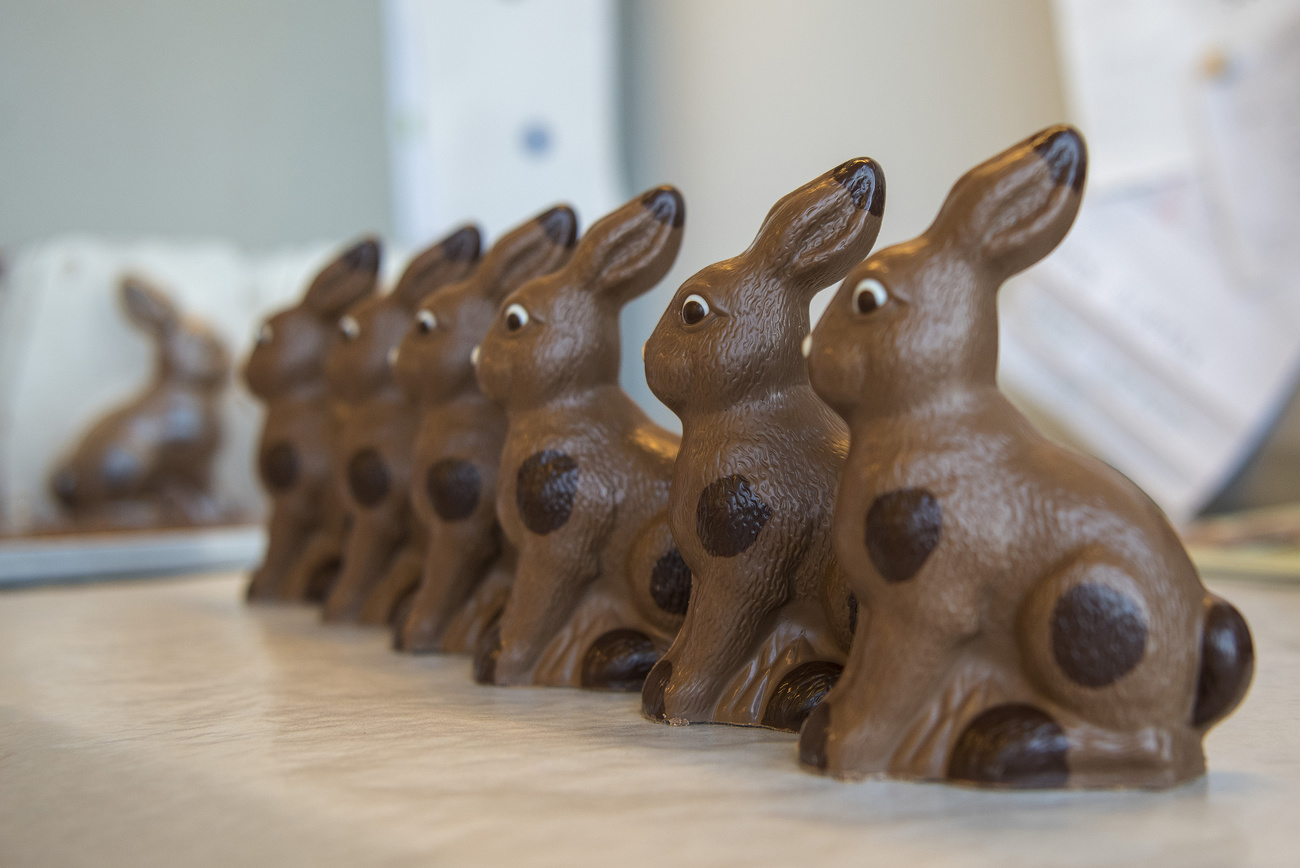

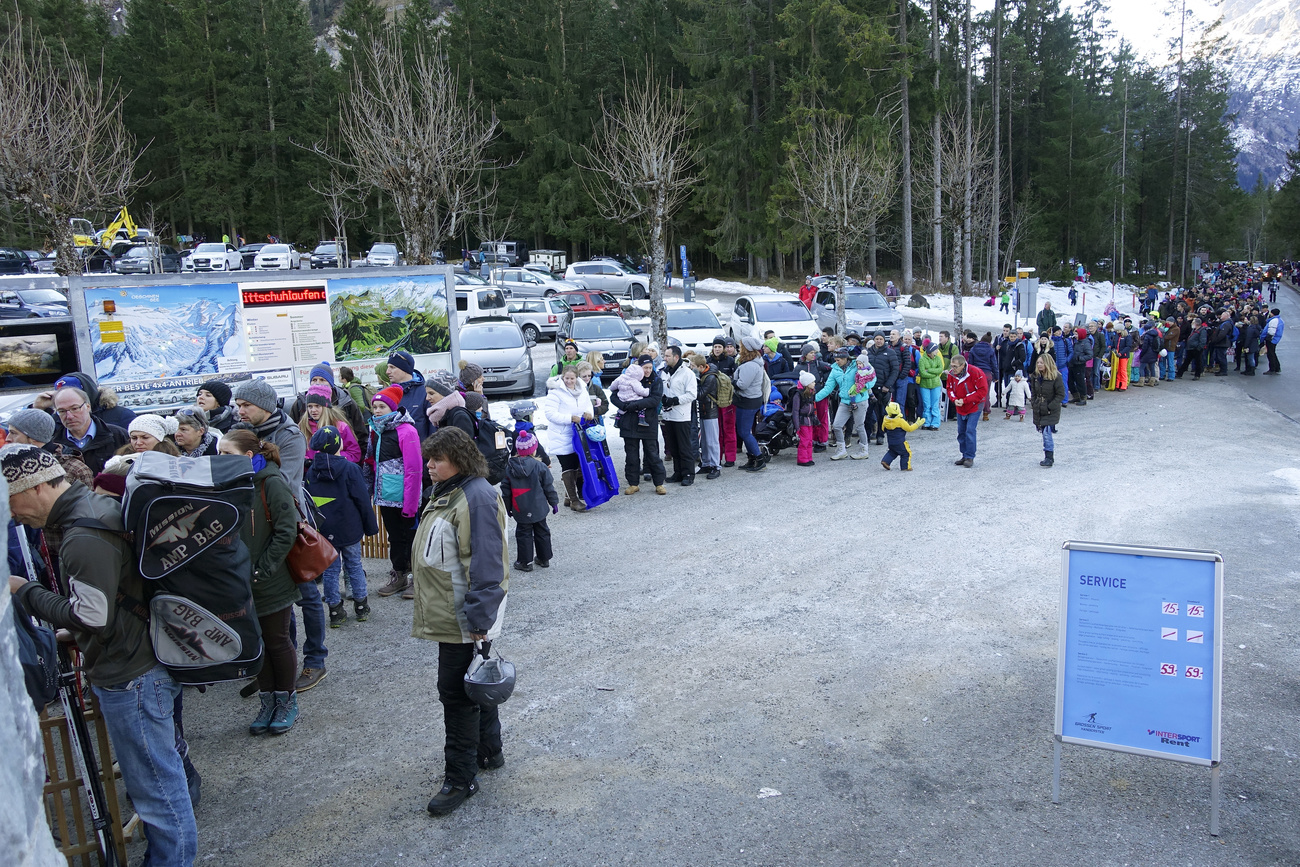




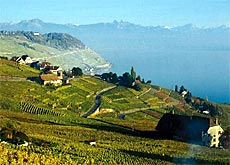

You can find an overview of ongoing debates with our journalists here . Please join us!
If you want to start a conversation about a topic raised in this article or want to report factual errors, email us at english@swissinfo.ch.